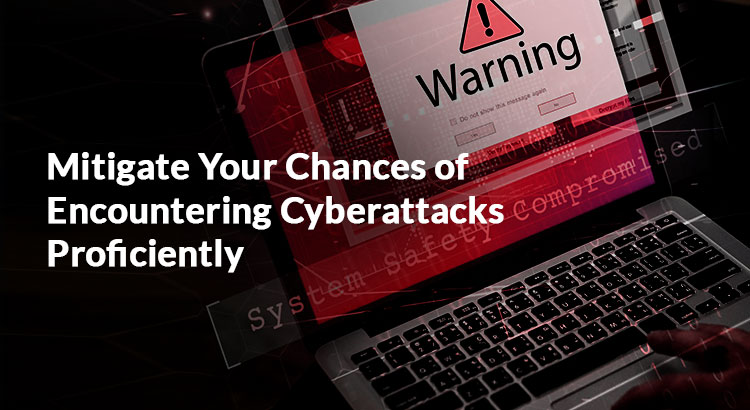Like its blessings, the digital universe comes with a darker side as well and, it is known as cybercrime. In recent years, it has become a productive and profitable ecosystem and has grown quite rapidly. As per Juniper Research, the overall damage caused by cyberattacks is going to reach USD 8 trillion, which is, indeed, quite alarming.
However, there’s an issue. While most cybercriminals tend to use new tactics for preparing their attacks, their overall strategy generally stays the same. Therefore, if you know even a little bit about the methods, then you can easily prevent them. Also, you can include a privileged access management system (PAM) in your infrastructure to track and predict the operations of the risky profiles.
Nonetheless, you still need to be wary of these attacks and learn more about their prevention methods, such as using an identity access management system. And, in this case, the following section will help you out. So, let’s get started!
1. Traffic Interception
Traffic interception, also called eavesdropping, usually occurs when a third-party module intercepts the data, which is exchanged between a host and user. The stolen information tends to vary on the details shared by the two parties. But, in most cases, the hackers attempt to uncover the login details or other invaluable data, such as passwords of privileged identity management, from the user.
Prevention: Traffic interception can be mitigated by avoiding websites, which do not employ HTML5. Moreover, you can also encrypt your network with a VPN to shadow yourself from sneaky hackers. As a host, you can use identity access management system or UBA (User Behaviour Analytics) to assess the actions of your end-user. It, in turn, will help you to find out if he/she is the reason behind the stolen data.
2. Malware
Malware is widely considered as the most common and prolific type of security threat. In the year 2019, the digital world encountered around 9.9 million malware attacks, which is mind-boggling. But what is malware? Well, it is, in essence, an unwanted program, which can enter through e-mail and installs itself on your PC automatically. Moreover, it can cause various unusual behaviours like deleting files, obstructing access to a specific program, and stealing data.
Prevention: In case of malware mitigation, taking a proactive stance would be the perfect defence. You can install an anti-malware application on your PC or system to take care of this issue. Moreover, avoiding non-verified websites, too, might help you in this aspect. Be sure to improve your privileged account management system in this aspect as well.
3. DDoS (Distributed Denial of Service)
The cyberattacks, which can compromise and interfere with the availability of systems and networks, belongs to the DDoS category. In this case, the hacker usually overloads a particular server with a substantial amount of user traffic. It, sequentially, causes lag in the network and slows down its overall performance.
Prevention: To stop DDoS attacks, you will, first, need to identify the incoming malicious traffic. In this case, using identity management in cloud computing can help you out. However, if the hacker is using a lot of IPs, then you might need to perform offline maintenance to your server.
4. Crimeware
The category of Crimeware consists of any malware program that is used for committing cybercrime. The most prominent example of it is ransomware, which has grown by almost 350% in the last few years (in 2018). It is quick and easy to capitalize on the attack. Thus, the victim does not even get the time to react to it at all. The ransomware attacks are more common on cryptocurrency websites and affect the identity and access management module in most cases.
Prevention: The Crimeware assaults can be mitigated by updating software programs regularly. Furthermore, you can also implement a privileged access management system on your infrastructure to monitor your crucial data and assess the presence of anomalies instantly. It is a great system to detect malware in your data.
5. Phishing
In truth, phishing scams are an older approach to cybercrime. But, if it is done correctly, then it can cause massive damage to the victim. In this aspect, the victim gets an e-mail or message, which asks for sensitive data, like a password. Sometimes, the phishing e-mail might masquerade as something official and legitimate.
Prevention: Phishing messages tend to have a lot of typos and spelling errors. So, if you have gotten a mail content with many childish mistakes, then avoiding it can help you to get rid of phishing. Using identity and access management solutions can be beneficial for you in this case as well.
Conclusion
While the strategies remain the same, the complexity of the cyber-attacks is still rising daily. Thus, being cautious about everything and implementing proper security measures, such as access management system, on your infrastructure can be an ideal option for you.

